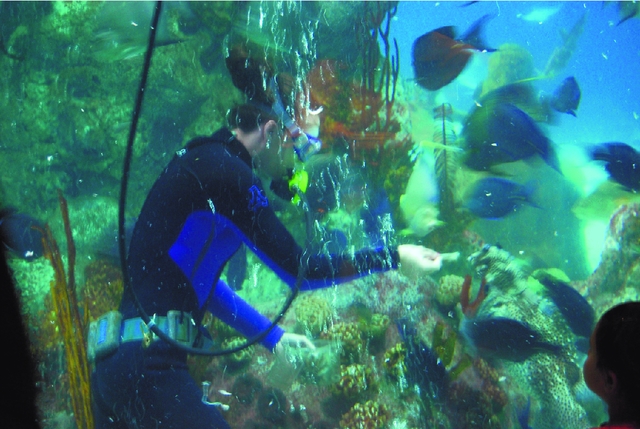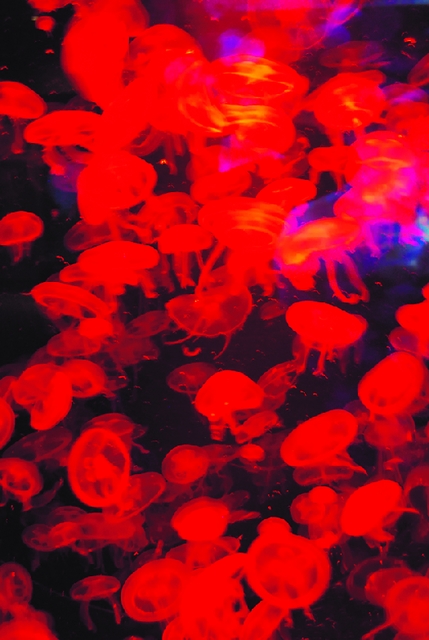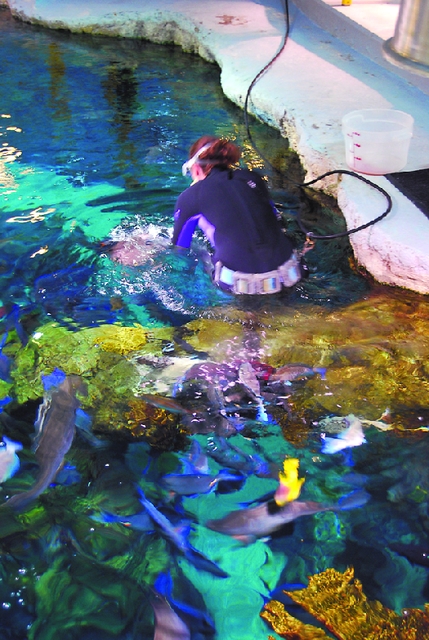Aquarists
Get To Know The People Who Swim With The Sharks


Jessica Cassyle Carr

Latest Article|September 3, 2020|Free
::Making Grown Men Cry Since 1992


Jessica Cassyle Carr



